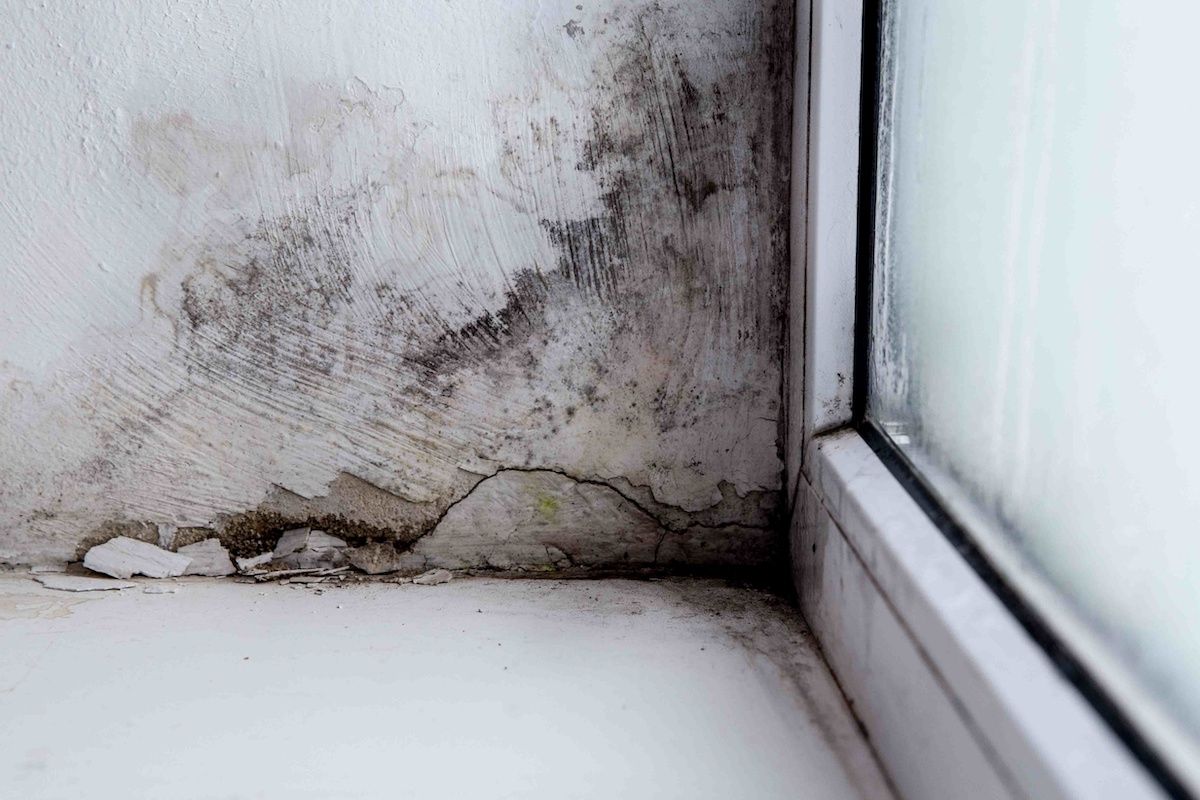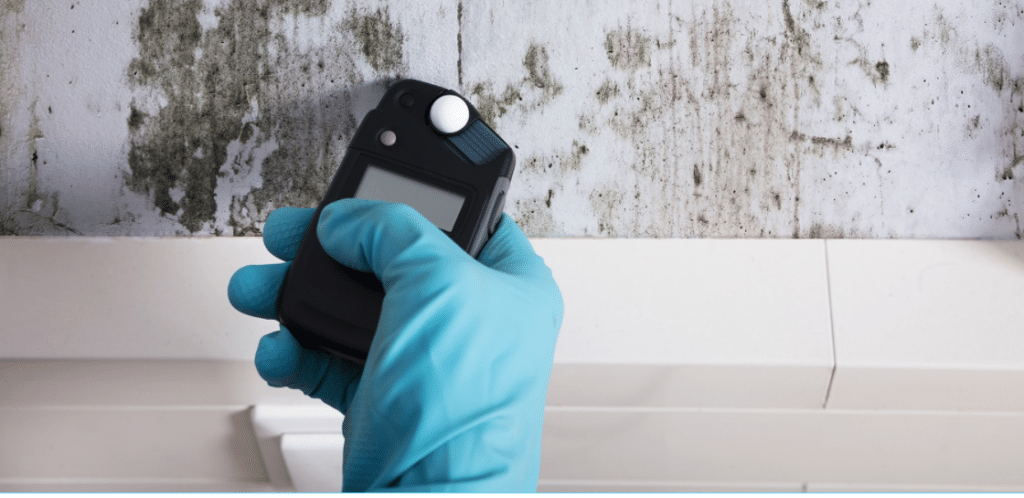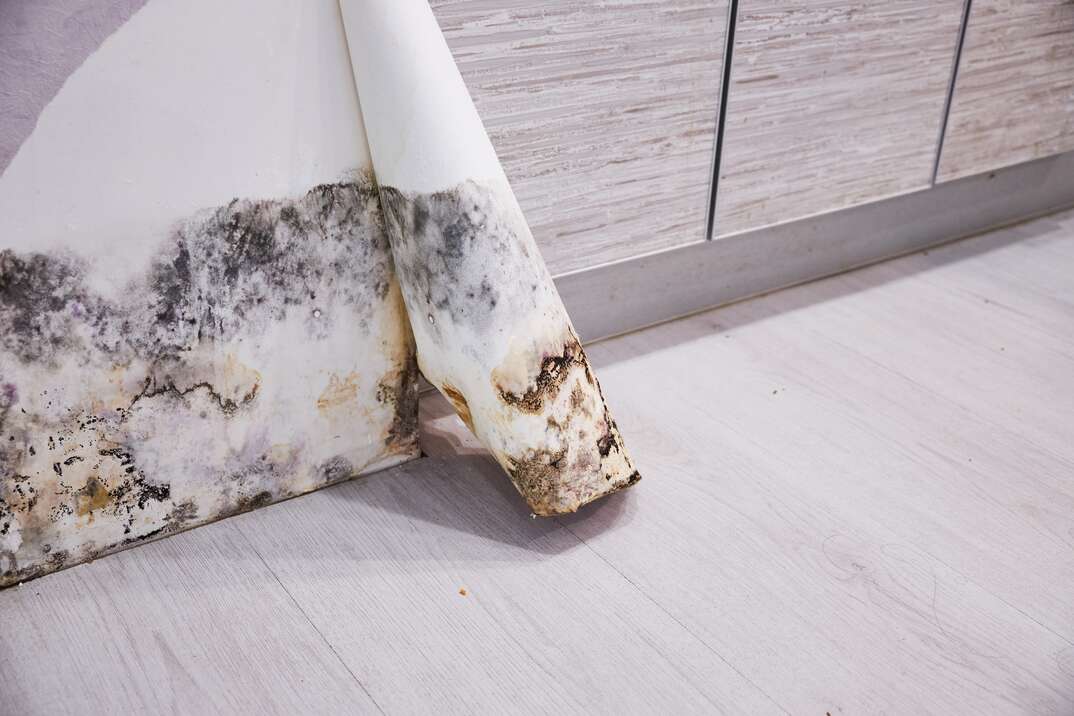Comprehensive Post Mold Remediation Procedures
Comprehensive Post Mold Remediation Procedures
Blog Article
Your Ultimate Guide to Blog Post Mold Removal Techniques
Navigating the world of post-mold remediation strategies is a careful process that requires focus to information and an extensive understanding of the details included. In the results of mold and mildew infestation, understanding just how to properly remove the mold and mildew and prevent its reoccurrence is paramount for preserving a healthy and balanced interior atmosphere. From choosing the right cleaning and sanitizing techniques to applying methods for lasting mold and mildew avoidance, each action in the remediation trip plays a crucial function in guaranteeing a successful outcome. As we get started on this expedition of post-mold remediation techniques, we will certainly discover the essential strategies and best techniques that can help you restore your space to its pre-mold condition and safeguard it versus future mold hazards.
Comprehending Post-Mold Remediation Process
After completing the mold and mildew removal process, it is vital to comprehend the post-mold removal methods that are needed to ensure a comprehensive and effective clean-up. Once the mold and mildew has actually been eliminated, the following step involves cleaning and sanitizing the affected locations to avoid any type of regrowth of mold. This includes utilizing specialized cleaning representatives to clean down surface areas and eliminate any continuing to be mold and mildew spores. It is vital to dry out the area entirely to dissuade the growth of mold in the future (Post Mold Remediation Report). Proper air flow and dehumidification can assist in this process.
Moreover, carrying out a last assessment post-remediation is important to make sure that all mold and mildew has been effectively eliminated. If the examination exposes any remaining mold, extra removal may be needed.
Effective Cleaning and Decontaminating Methods

Protecting Against Future Mold And Mildew Growth

Relevance of Appropriate Air Flow
Proper air flow plays an essential role in preventing wetness accumulation, a key factor in mold development within interior environments. Reliable air flow systems aid eliminate excess moisture from the air, minimizing the possibilities of mold spores discovering the wetness they require to spread out and germinate. Without ample air flow, interior rooms can become a breeding ground for mold and mildew, leading to potential health dangers and structural damage.
By making sure appropriate air circulation, ventilation systems can also assist in drying moist locations quicker after water damage or flooding occurrences, better hindering mold development. After mold remediation. In rooms like shower rooms, attic rooms, cooking areas, and basements where dampness levels often tend to be higher, mounting and maintaining effective air my explanation flow systems is essential in avoiding mold invasions

Surveillance and Upkeep Tips
Given the vital function that proper ventilation plays in preventing mold and mildew development, it is imperative to establish efficient monitoring and maintenance ideas to make sure the continued capability of air flow systems. Surveillance humidity levels within the property is additionally vital, as high moisture can add to mold and mildew growth. By remaining conscientious and aggressive to the problem of ventilation systems, residential or commercial property proprietors can properly mitigate the threat of mold regrowth and keep a healthy and balanced interior environment.
Conclusion
To conclude, post-mold remediation methods are essential for ensuring a clean and safe setting. Comprehending the procedure, implementing reliable cleansing and sanitizing approaches, preventing future mold development, keeping appropriate ventilation, and regular surveillance are all essential steps in the remediation procedure. By adhering to these standards, you can effectively get rid of mold and mildew and stop its return, advertising a healthy and balanced living or functioning area for all passengers.
In the consequences of mold and mildew infestation, recognizing how to properly eradicate the mold and mildew and prevent its reoccurrence is critical for preserving a healthy indoor environment. Once the mold has actually been gotten rid of, the following step includes cleaning and decontaminating the impacted areas to prevent any kind of regrowth of mold and see here now mildew - Post Mold Remediation Report. After removing visible mold and mildew growth, it is critical to clean up all surface areas in the affected location to eliminate any kind of staying mold spores. To additionally enhance mold prevention procedures, it is important to attend to underlying issues that originally led to mold development.Given the essential duty that appropriate air flow plays in protecting against mold growth, it is crucial to establish efficient surveillance and upkeep pointers to ensure the ongoing capability of air flow systems
Report this page